There can be your advertisement
300x150
Focus on Fabric: The Smooth Touch of Damask
Gaining fierce popularity even in medieval times, this woven material has become a classic due to its elegant patterns and countless textures.
You will undoubtedly recognize damask at first glance, with its endless intricate curves of floral designs made from smooth glossy threads. You will surely be surprised to learn that true damask is not a style of fabric patterns, but the fabric itself.

What Is Damask?
The woven material known as damask takes its name from the name of a Syrian city of the same name. Thus, damask is not fabric design but a particular woven material style. It can contain silk, satin, atlas, or sarsenet fibers, which are woven into a quite dense and smooth fabric with a non-monochromatic color palette.
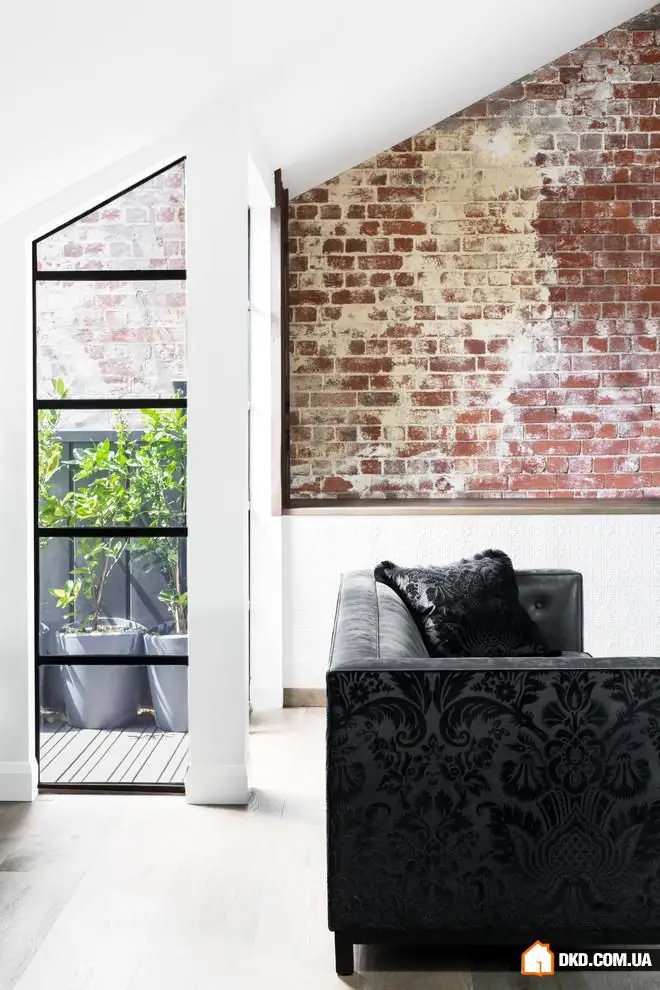
Characteristics of the Material
Given its long history, damask is truly timeless and always fitting for place and time. Its vibrant, eye-catching colors are sure to become a fashionable feature of any interior. True damask is also a double-sided material. Simply turn it over and it tells an entirely different story. Designers love to use damask in interior design because it blends well with various colors and materials. Its vivid color reflections beautifully reflect light, creating a unique and unforgettable atmosphere.
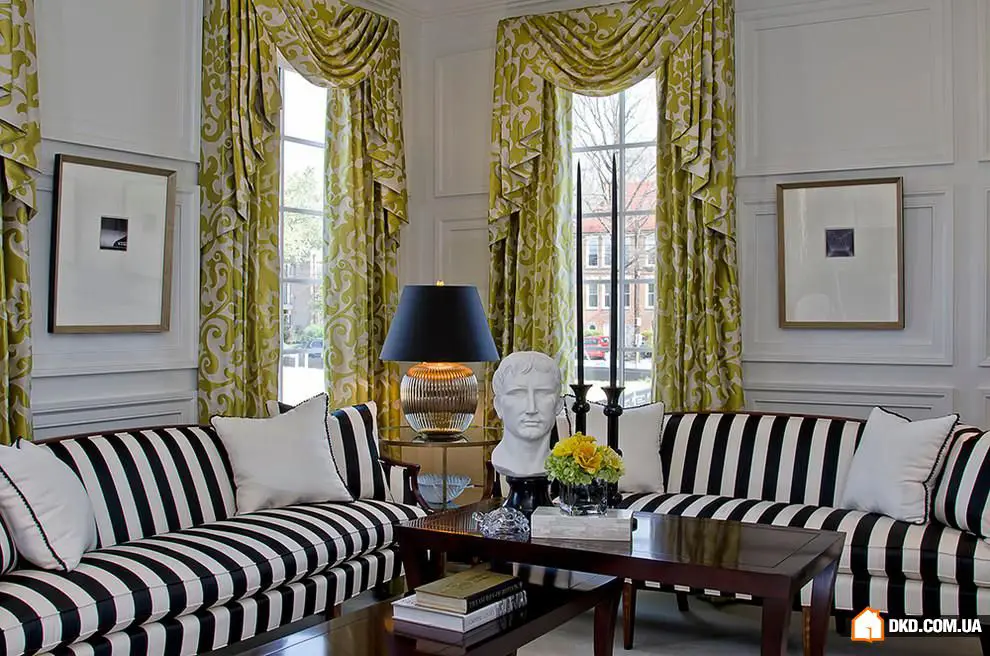

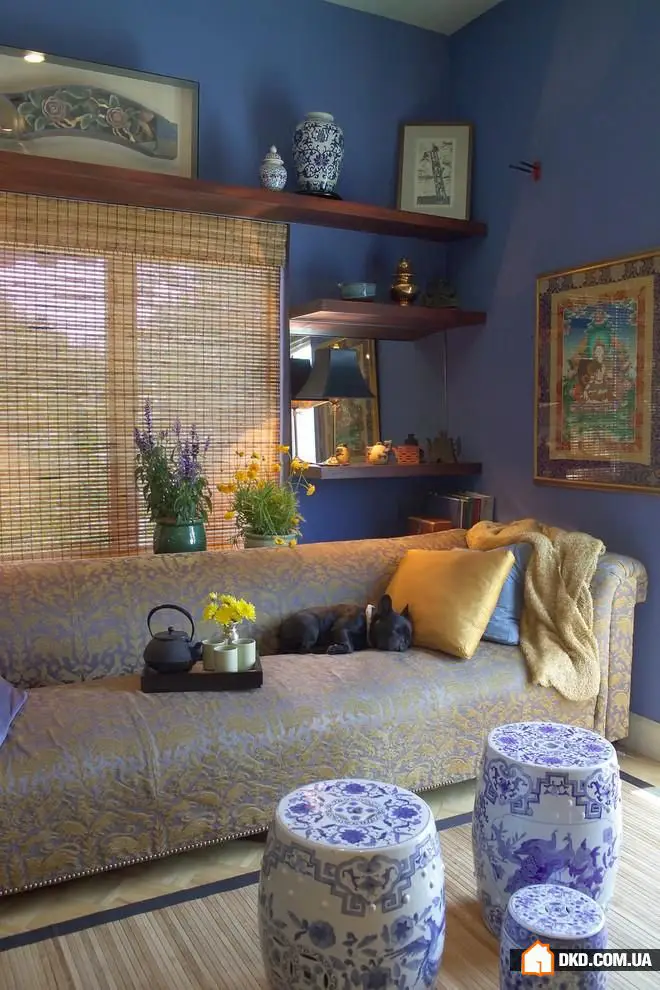
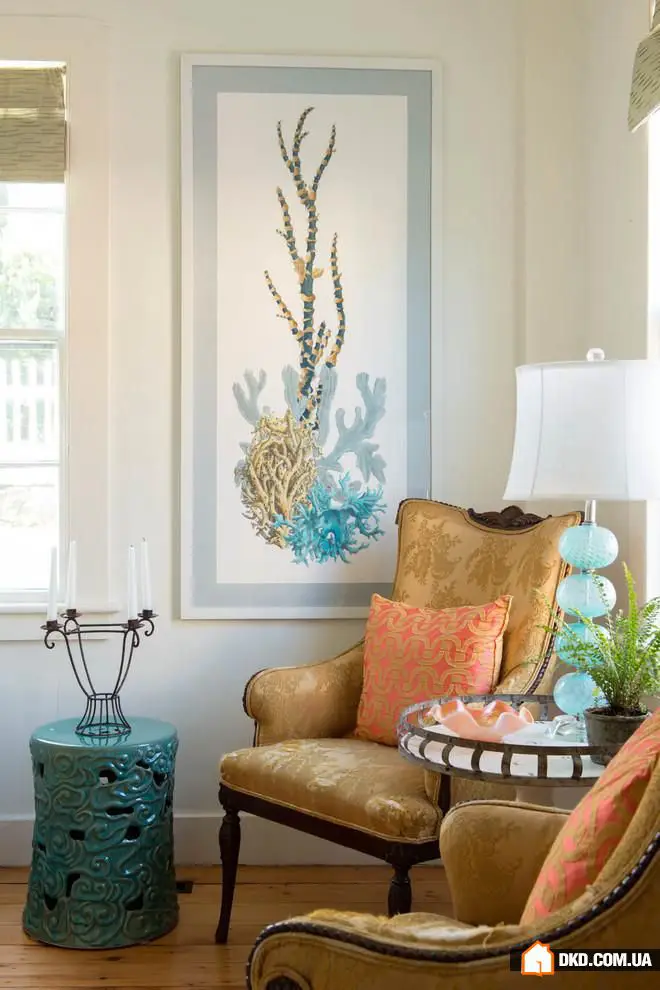
What to Look For
Despite the strength of its threads, damask is a very temperamental and easily deformed material. A slight impact from a hard, solid material can leave stretched areas or even tears on it. Silk in this fabric does not hold dye well, so the material may fade slightly over time if not protected from natural sunlight. And lastly, but possibly the most important drawback — its high price.
Choose your damask in our today's photo collection.
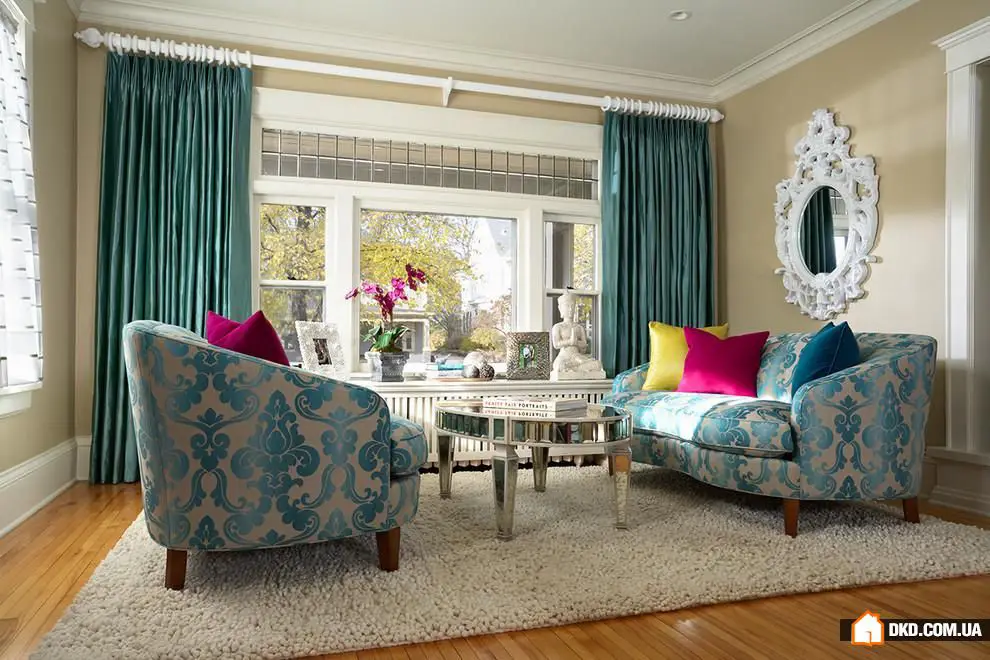
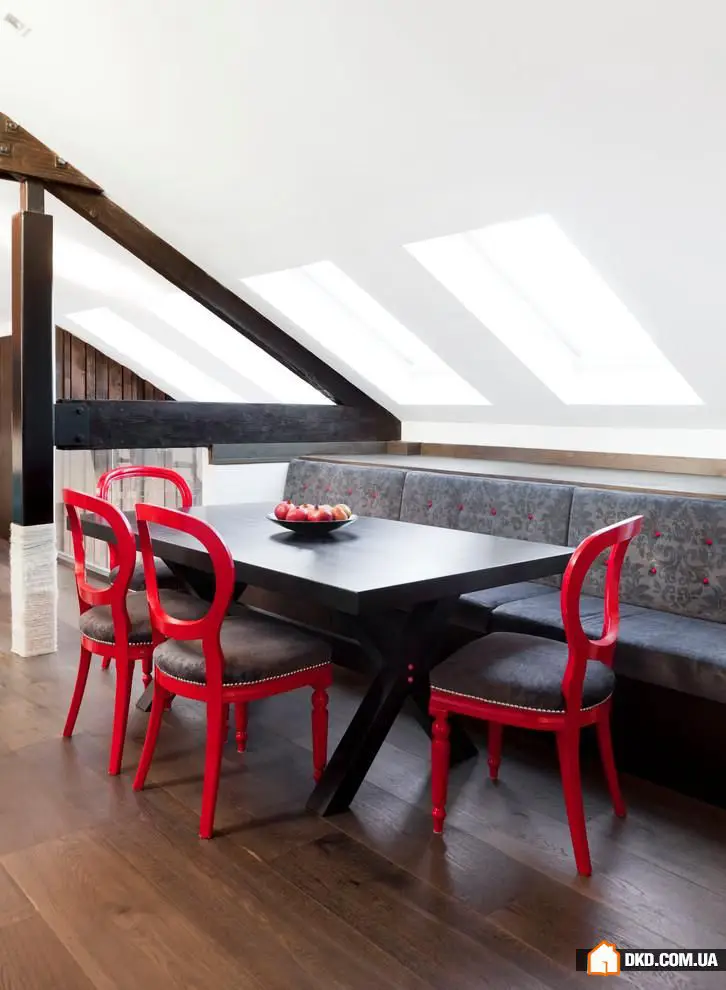

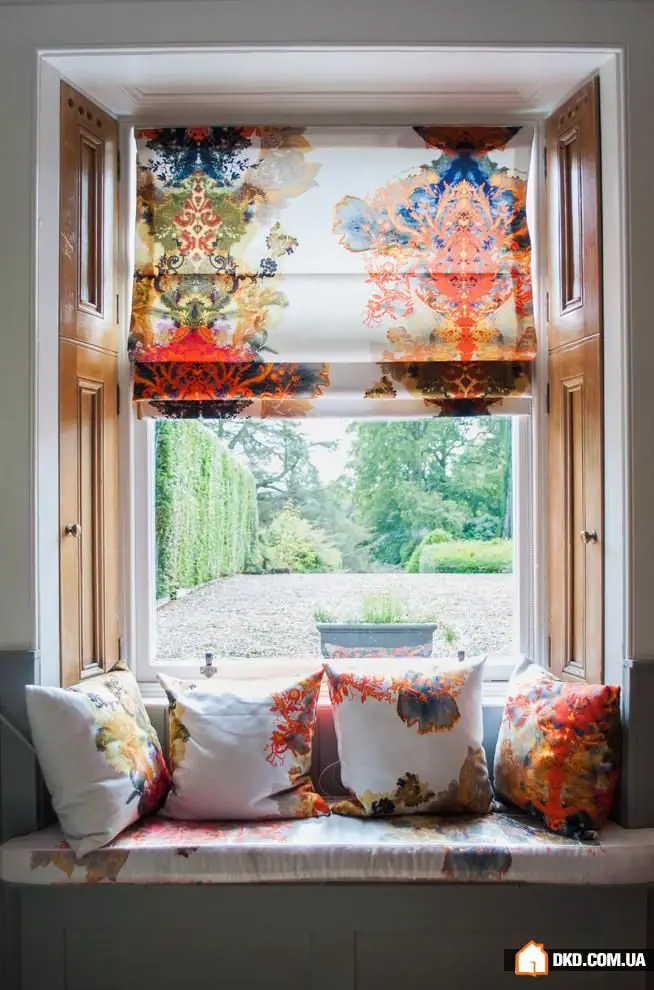
More articles:
 Second Breath: 7 Simple Ways to Change Your Interior
Second Breath: 7 Simple Ways to Change Your Interior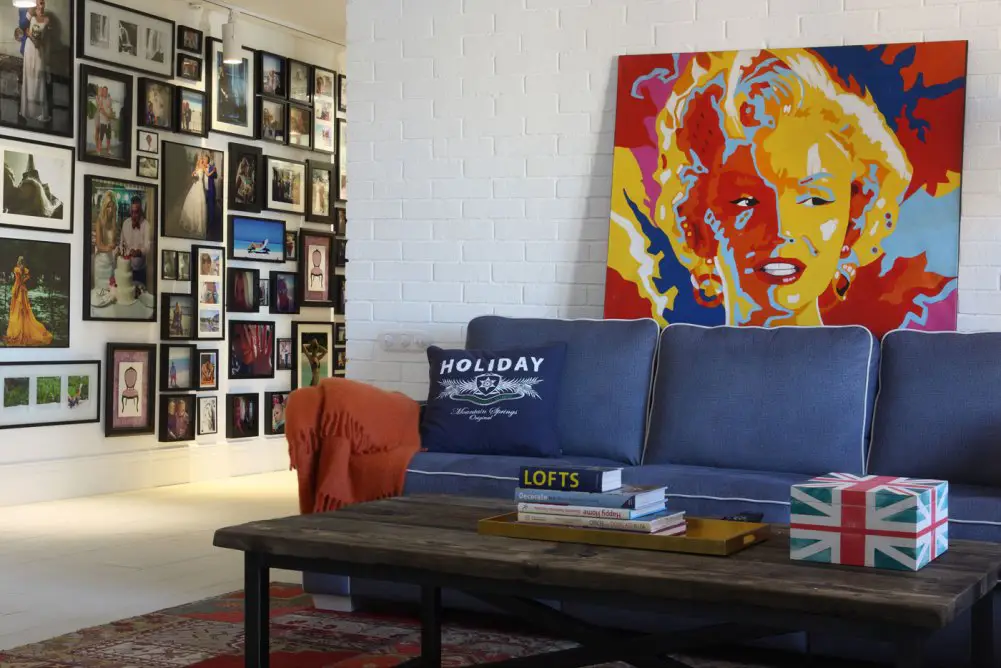 How to Decorate an Empty Wall: 20 Cool Ideas, 100 Best Examples
How to Decorate an Empty Wall: 20 Cool Ideas, 100 Best Examples How to Simplify Life and Help Nature: 10 Eco-Tips
How to Simplify Life and Help Nature: 10 Eco-Tips Modern House of the XIX Century on Tasmania Island
Modern House of the XIX Century on Tasmania Island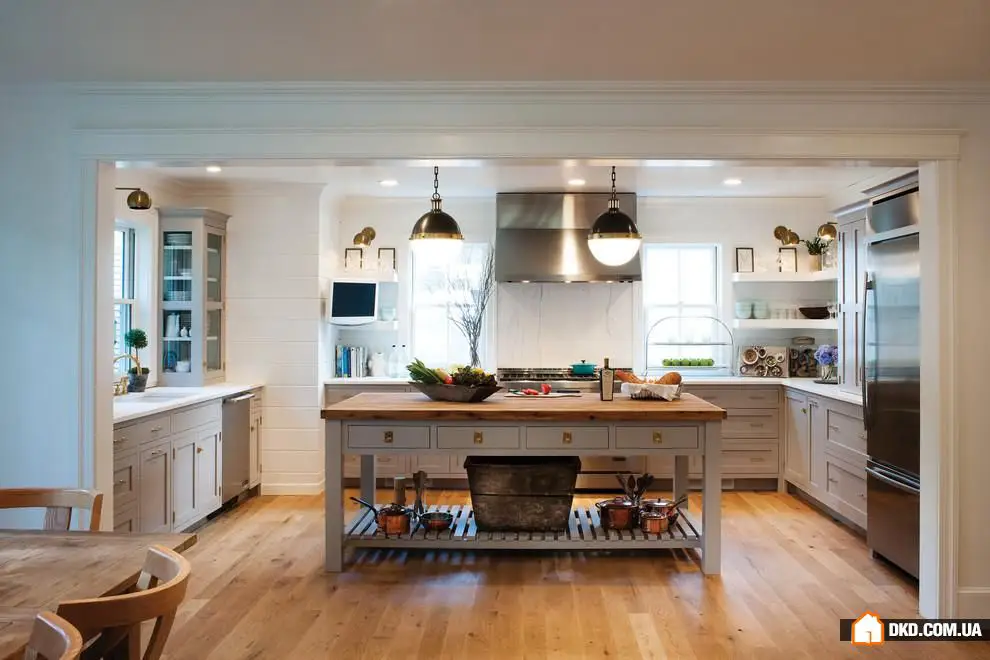 Kitchen of the Week: Modern Updated Version for Historic Farmhouse Kitchen
Kitchen of the Week: Modern Updated Version for Historic Farmhouse Kitchen Houzz Tour: Bright and Simple in Newport Beach
Houzz Tour: Bright and Simple in Newport Beach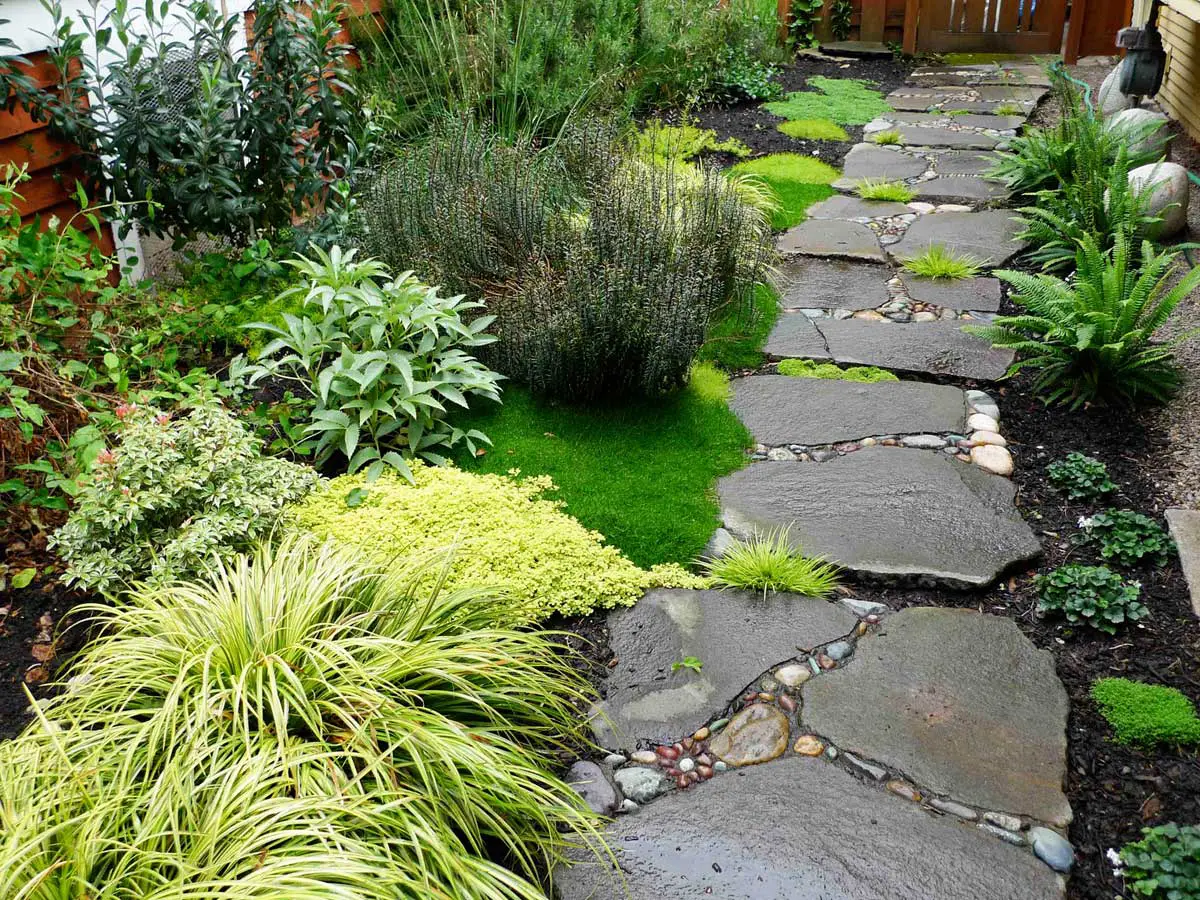 Beauty in Simplicity: Garden Path Design Ideas
Beauty in Simplicity: Garden Path Design Ideas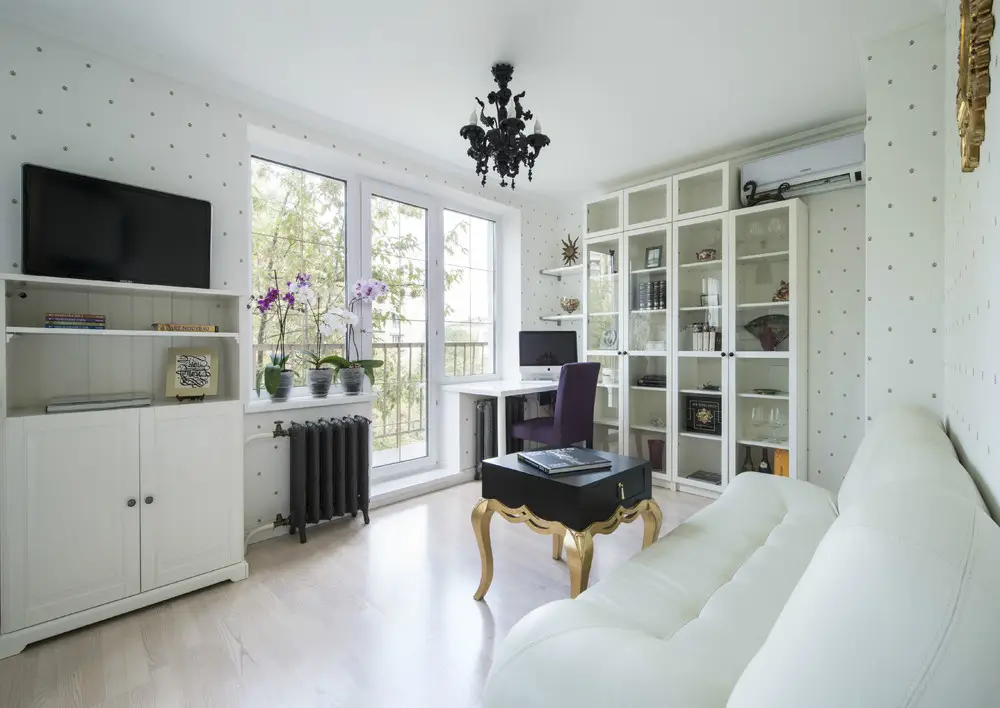 How to Arrange a Small Apartment: 10 Real Examples
How to Arrange a Small Apartment: 10 Real Examples